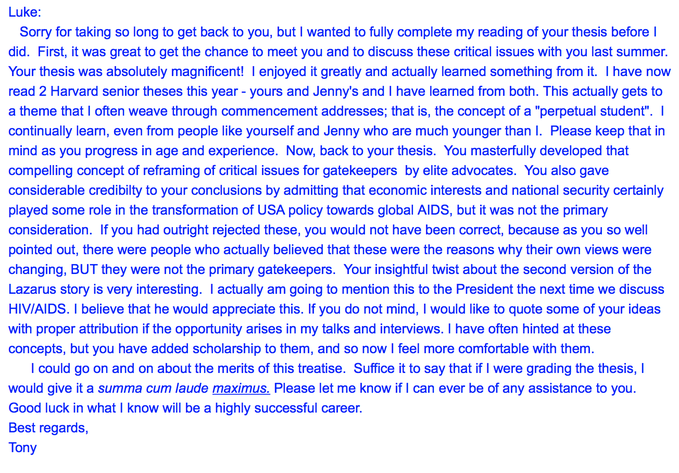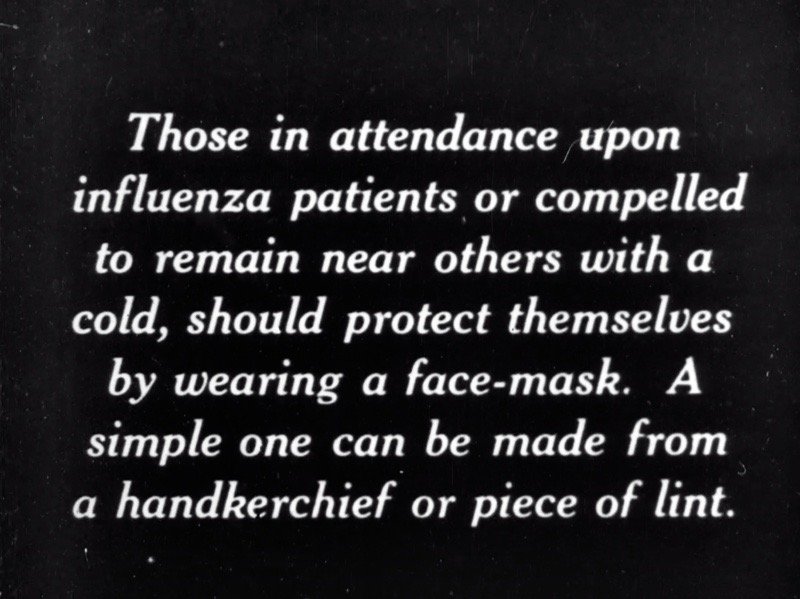Most of us assume Japanese Buddhist monks to be silent types. In their personal lives they may well be, but if they want to go viral, they’ve got to log onto the internet and make some noise. This is the lesson one draws from some of the Buddhist figures previously featured here on Open Culture: Kossan, he of the Beatles and Ramones covers, or Gyōsen Asakura, the priest who performs psychedelic services soundtracked with electronic dance music. Depending on your taste in music, their performances may or may not induce the mental quiet one associates with Buddhist practice, and the music of Yogetsu Akasaka, the latest Japanese Buddhist monk to attain internet fame, may at first sound equally untraditional. But listen and you may well find yourself in a meditative state without even trying.
“The 37-year-old went viral in May, after posting his ‘Heart Sutra Live Looping Remix,’ a video that’s relaxing like ASMR, and engrossing like a DJ set,” writes Vice’s Miran Miyano. “With the loop machine, he layers sounds and chants all coming from one instrument — his voice.” A musician since his teens and a beatboxer since his early twenties, the Tokyo-based Akasaka became a monk five years ago, following the path taken by his father, an abbott at a temple in rural Iwate Prefecture.
“Before he was ordained in 2015, he belonged to a theatre company formed in Fukushima prefecture, northeast Japan, after the region was devastated by the 2011 Tohoku earthquake and tsunami,” writes Richard Lord in the South China Morning Post. “He has also been a full-time busker in countries including the United States and Australia.”
A busker Akasaka remains, in a sense, albeit one who, from the corner of YouTube he’s made his own, can be heard across the globe. In addition to recordings like his hit version of the Heart Sutra, he’s also been live streaming performances for the past two months. Lasting up to nearly two hours, these streams provide Akasaka an opportunity to vary his musical as well as spiritual themes, bring different instruments into the mix, and respond to fans who send him messages from all over the world, mostly outside his homeland. “I think in Japan, people often associate Buddhism with funerals, and the sutra has a little bit of a negative and sad image,” he says to Vice. Indeed, as the saying goes, the modern Japanese is born Shinto, marries Christian, and dies Buddhist. But as Akasaka shows us, his tradition has something to offer all of us, no matter our nationality, in life as well.
Related Content:
Buddhist Monk Covers Judas Priest’s “Breaking the Law,” Then Breaks Into Meditation
Beatboxing Bach’s Goldberg Variations
What Beatboxing and Opera Singing Look Like Inside an MRI Machine
Based in Seoul, Colin Marshall writes and broadcasts on cities, language, and culture. His projects include the book The Stateless City: a Walk through 21st-Century Los Angeles and the video series The City in Cinema. Follow him on Twitter at @colinmarshall, on Facebook, or on Instagram.











